According to the CDC, more than 50% of U.S. adults, that is, approximately 125 million Americans, suffer from one or more musculoskeletal pain disorders. The goal of pain management is usually to achieve maximum reduction in pain intensity as quickly as possible, to restore an individual’s daily functioning, to help the patient cope with residual pain, and to assess for side effects of therapy. Complementary approaches are increasingly being integrated into conventional treatment plans for some health conditions. More than 50% of medical schools offer some instruction in complementary health approaches and a growing body of scientific evidence suggests that several of these approaches, that have evolved independently from, or parallel to, conventional medicine.
Acupuncture and Traditional Eastern Medicine have been used for centuries with the treatment of musculoskeletal pain disorders, such as neck pain, shoulder pain, and osteoarthritis/knee pain.

According to Eastern Medicine, musculoskeletal pain disorders are associated with painful obstruction syndrome. The integrity of qi and blood flow through the musculoskeletal system is influenced by the function of the internal organ systems. Weakness or dysfunction of one or more organ systems can predispose to, or exacerbate, painful obstruction syndrome.
After making a diagnosis based on Eastern Medicine principles of palpation, asking, observation, and listening, the practitioner will formulate a treatment plan which might include the insertion of acupuncture needles near the area of the pain, or distally, in the extremities, to stimulate the nervous system. Electrical stimulation of the needles might be used to provide continuous stimulation to increase the circulation of energy and blood to the area.
Exercise and stress management are important activities to do regularly, in order to maintain strength, flexibility, weight control, and circulation.
